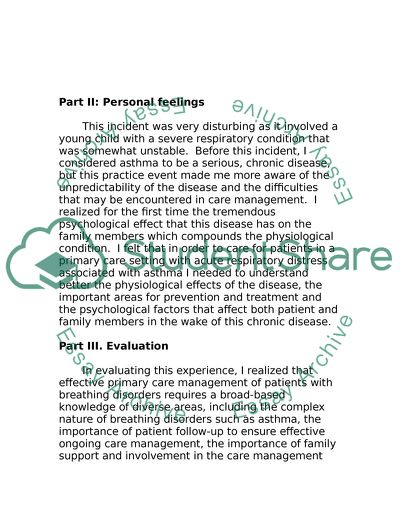Cite this document
(Respiratory Disease Management in Primary Care Reflective Nursing Mode Case Study, n.d.)
Respiratory Disease Management in Primary Care Reflective Nursing Mode Case Study. Retrieved from https://studentshare.org/nursing/1716444-respiratory-disease-management-in-primary-care
Respiratory Disease Management in Primary Care Reflective Nursing Mode Case Study. Retrieved from https://studentshare.org/nursing/1716444-respiratory-disease-management-in-primary-care
(Respiratory Disease Management in Primary Care Reflective Nursing Mode Case Study)
Respiratory Disease Management in Primary Care Reflective Nursing Mode Case Study. https://studentshare.org/nursing/1716444-respiratory-disease-management-in-primary-care.
Respiratory Disease Management in Primary Care Reflective Nursing Mode Case Study. https://studentshare.org/nursing/1716444-respiratory-disease-management-in-primary-care.
“Respiratory Disease Management in Primary Care Reflective Nursing Mode Case Study”. https://studentshare.org/nursing/1716444-respiratory-disease-management-in-primary-care.


